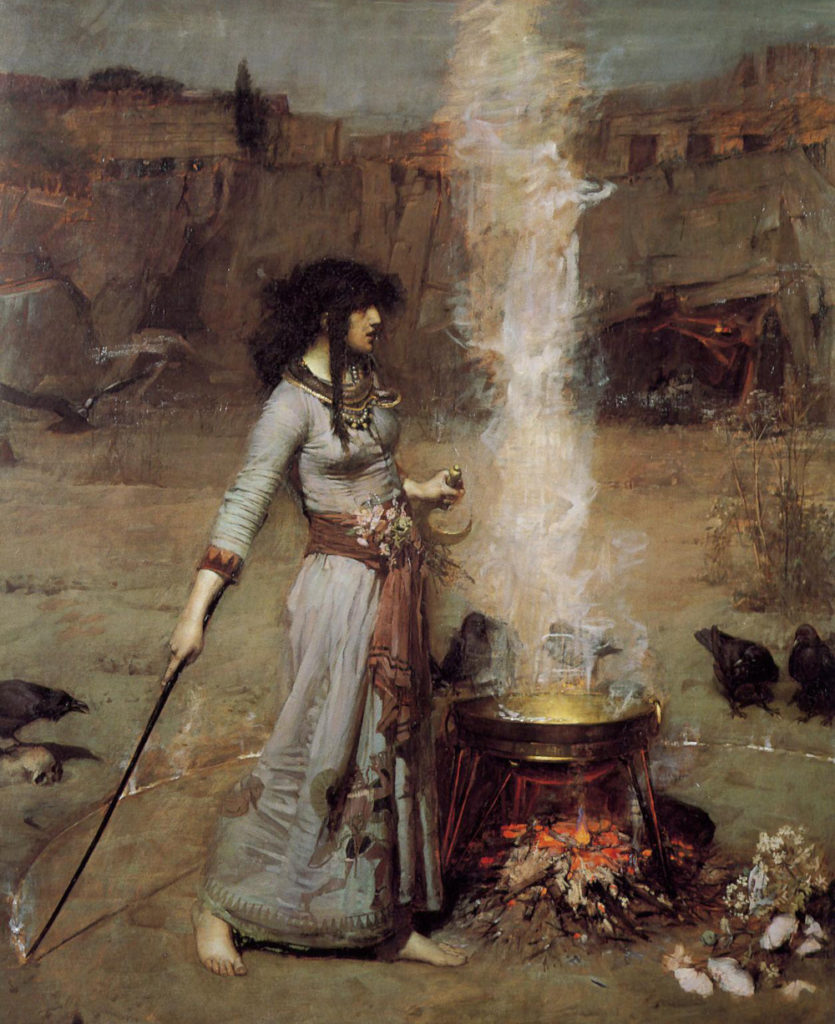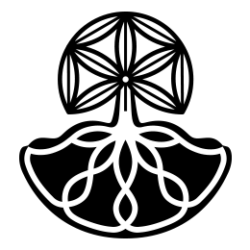You may have seen a wedding ceremony tradition, where people are putting a rope across the road before the newlyweds who are coming back from the wedding. This is an ancient Russian custom for protection against curses. The same method (pulling a rope across the road) was practiced by the Eastern Slavs to protect cattle from witches.
ꏍ
But the witches used the rope to mend evil as well. For example, to curse the cattle they also pulled it across the road, along which a herd of cows should pass on St. George’s Day or on Kupala. Eastern and Western Slavs believed that in order to “steal” milk from cows, the witch collected night dew with a rope, and then milk was dripping from that rope. In the beliefs of the Ukrainians, the Luzhichians and the Southern Slavs, the witch, for the same purpose, “milked” a rope (or belt) thrown over the ceiling beam – and milk was believed to be dripping from it.
ꏍ
In Kostroma, a rope that was in contact with the deceased was of great magical significance. Such a rope was used as a belt by a witch who would set off on the Kupala night to “steal the harvest” from other people’s fields.
ꏍ
More interesting facts can be found in: “Slavic Antiquities” – encyclopedic dictionary in 5 volumes by Institute for Slavic Studies of the Russian Academy of Sciences.
ꏍ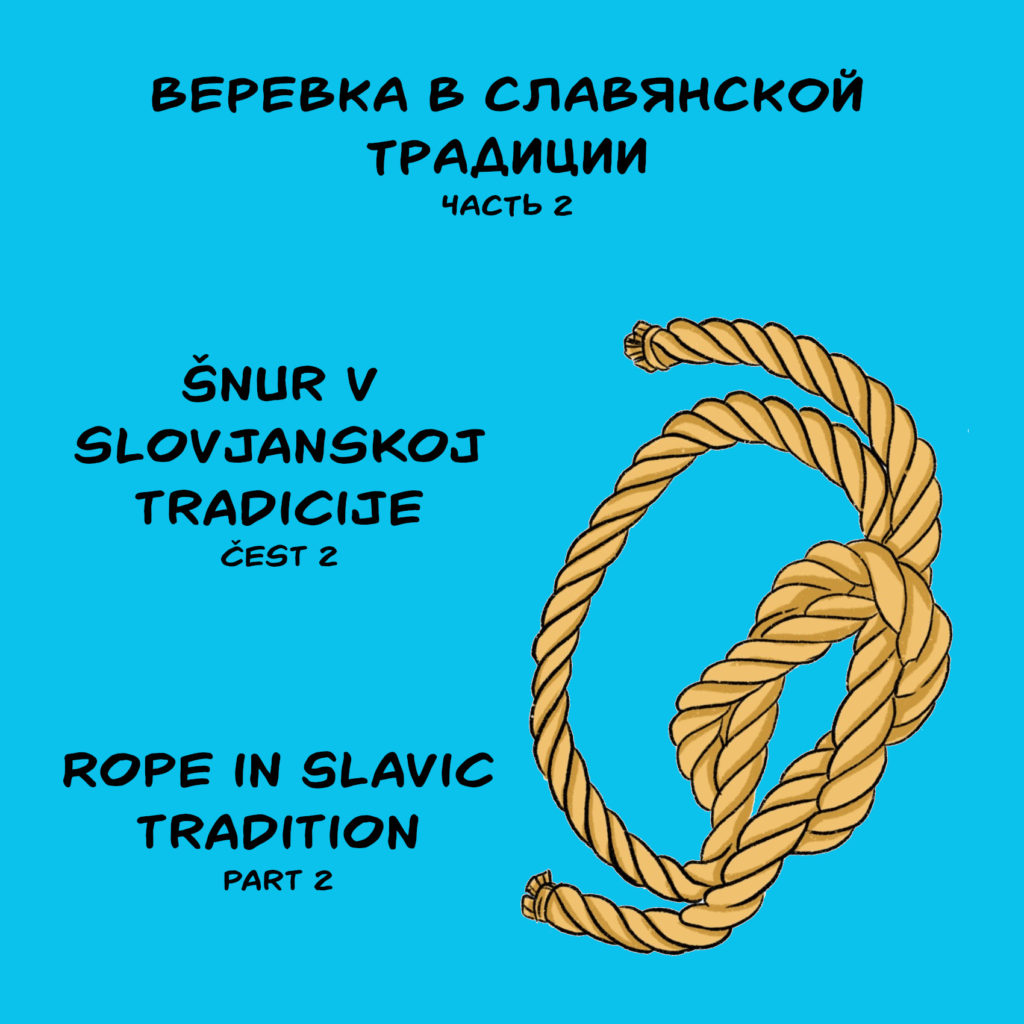
Now our graphic novel is available in Interslavic language
Good news! Now our comics is available in Interslavic language! Many thanks for the translation to Rafail Gasparyan, Gleb Sinchenko and Michał Swat from the Interslavic Facebook Group!
ꏍ
Comics download link: https://slovene.soft.team/isv/komiks-diky-vepr/
ꏍ
FB group: https://www.facebook.com/groups/interslavic/
ꏍ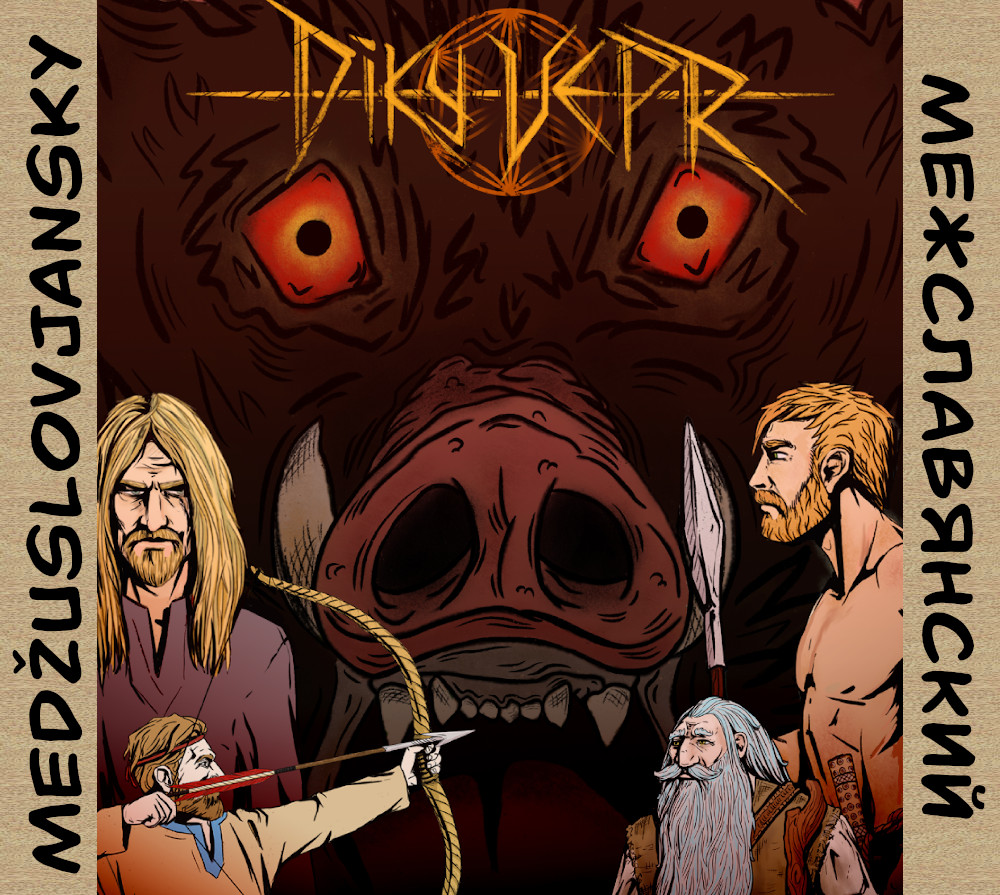
Rope in Slavic tradition – part 1
A common rope used today, was also considered a talisman by the ancient Slavs. It protected from curses and even helped to neutralize evil spirits.
ꏍ
Before the wedding, the North Russian Slavs tied a rope (a belt or a fishing net) over the naked body of the bride and groom to protect them from evil spells. For the same purpose, the Serbs surrounded the bed of a woman in labor and a child with a rope. Slavs would also put a red rope or a ribbon on a hand of a child or a pregnant woman, as well as just a beautiful girl, to protect them from being cursed. In general, using rope as a belt, was one of the ways to create a magic circle, which ensured the inviolability and safety of the person in it.
ꏍ
Macedonians believed that a person could tie a vampire by throwing a noose around his neck with a reed rope. The Poles believed that a rope woven from nine bast strips was suitable for capturing Vodyanoi. They also were ready to chase away Mara, who came at night to strangle people, by beating her with a rope or a belt.
ꏍ
To be continued…
ꏍ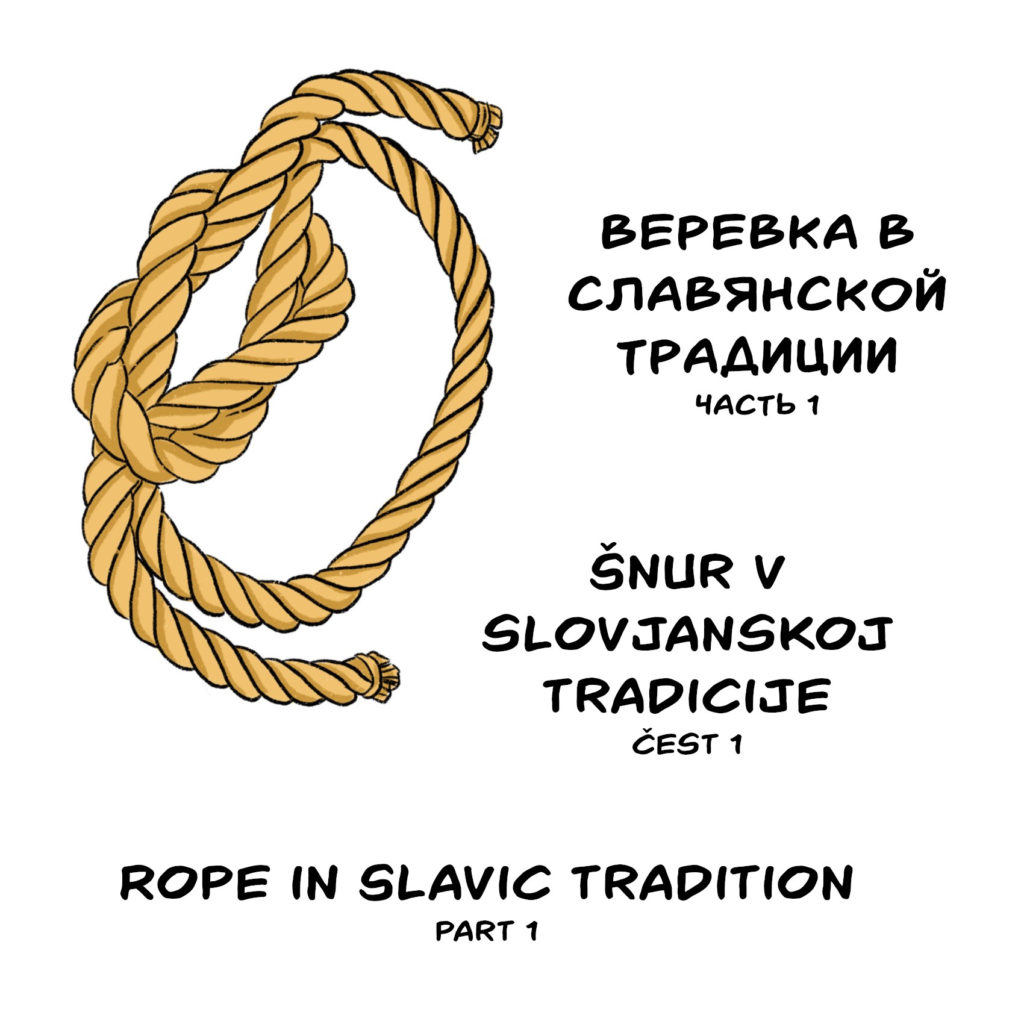
Spring witch burning in Slavic tradition
We continue with the spring being a time of the witches’ activity according to the Slavic tradition. In Herzegovina, trying to protect their homes, people would put thorns of blackthorn or hawthorn on the gate with eggshells hooked on them. In Bosnia, in the evening, an old opanok (bast shoe) was placed in the fireplace, as people believed that its smell would ward off witches (veshtitsa). They also stuck a knife in the door, hung garlic and burned eggshells so that “veshtitsa would not come”. It was forbidden to leave whole eggshells out of fear that veshtitsas would ride in them, like in boats, quickly reaching the places where they want to do evil.
ꏍ
During Maslenitsa, people were trying to identify veshtitsa by burning a special thread, which was used for an “egg biting” ritual (“lamkan” – a ritual similar to the Ukrainian “biting kalita”). For example, in Bulgaria in the Rhodope Mountains, when the thread was burned, the names of women suspected of witchcraft were pronounced: the woman on whose name the thread flashed brightest was considered a witch.
ꏍ
In Polish Pomerania, during Maslenitsa period, fishermen were protecting the fishnet by fumigating it with smoke and shooting at it, otherwise the witches could spoil the catch. The most radical ritual was the symbolic “burning of veshtitsas” in Serbia and Macedonia, similar to the West Slavic and Polessie region rites of ” witch burning” in Kupala bonfires or in bonfires on Walpurgis night. For example, a large branch of a sweet cherry tied with straw, which was lit and carried around orchards, was called “kara veshtitsa” (black witch).
ꏍ
Source: Agapkina T. A. “Mythopoetic foundations of the Slavic folk calendar. Spring-summer cycle. “, 2002
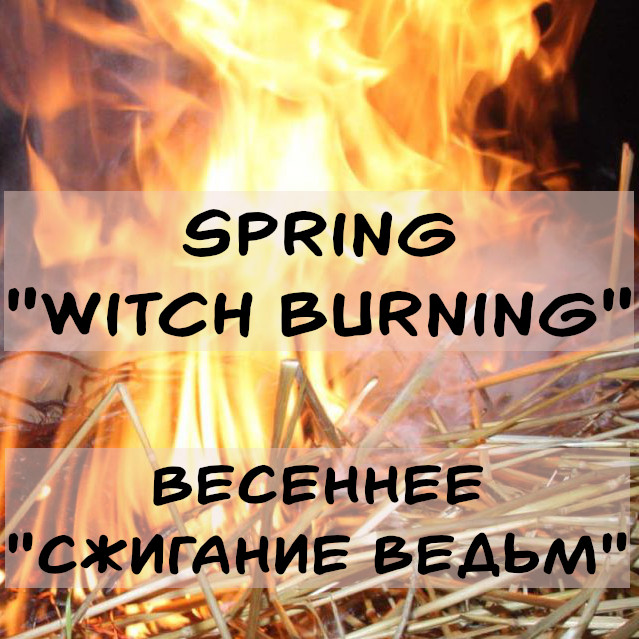
Spring and demons in Slavic tradition
For the ancient Slavs, spring was not only the time of the nature awakening, but also the time of the increased activity of various mythological creatures. Thus, the beginning of the river ice drift was associated with the awakening of the Vodyanoi (water spirit). Every spring the Russians sacrificed a horse and other gifts to him, drowning them in the river. Among the Kashubians, when the ice began to crack, the parents told their children: “Strёx są ju zbudził” (Vodyanoi awoke).
ꏍ
The beginning of March and Maslenitsa week (end of winter celebration) among the southern Slavs were considered a veshtitsa spree period. Serbs believed that veshtitsa (witch) eats babies and human hearts, and Montenegrins hid needles on March 1, believing that witches could use them to take out a human heart.
ꏍ
In Serbia, it was believed that on veshtitsa steal or strangle children or suck their blood. To deceive them, mothers took their children to their bed, and instead of babies they put a pralnik (wooden tool for laundry), a doll or a whisk in the cradle.
ꏍ
As a talisman, Slavs generally used garlic, because veshtitsa cannot stand its smell. They rubbed their feet, forehead and chest for protection. Interestingly, swaying on a swing was a popular way of protecting against veshtitsa in Serbia: «да га не поjеду» (so that the person would not be eaten).
ꏍ
To be continued…
ꏍ
Picture: “The Magic Circle” by John Waterhouse.
